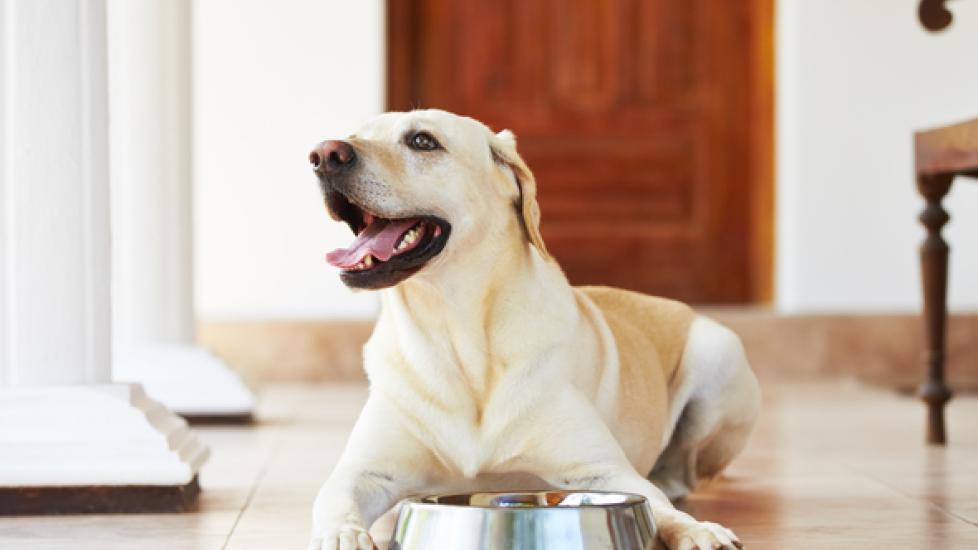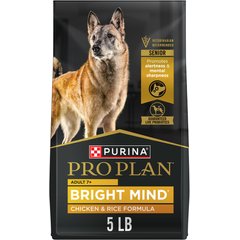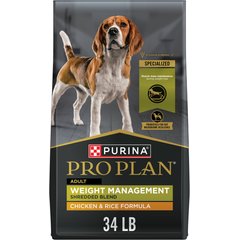High-Pressure Processing and Raw Pet Food Diets: What You Need to Know
By Paula Fitzsimmons
You’ve read about the potential benefits of feeding pets a raw food diet, but the thought of giving your beloved companion bacteria-laden meat is holding you back. Enter high-pressure processing (HPP), a technique food manufacturers use to rid their products of bacteria.
HPP is not only an effective sterilization method, but it also extends a product’s shelf life. It’s not a panacea, however. Some species of bacteria are resistant to HPP, and beneficial bacteria, as well as enzymes that help with your pet’s digestion, can be destroyed in the process. There’s also debate as to whether pressurized food can still be considered an authentic raw food product.
Learn about the benefits and drawbacks of using HPP technology for commercial raw pet foods.
What Exactly Is High-Pressure Processing?
That pre-made guacamole you buy from your grocer has likely gone through the HPP process. The technology was first widely used to sterilize avocado products, says Dr. Laurie Coger, holistic veterinarian and owner of The Healthy Dog Workshop, but is now used to process other products, including meat, seafood, juices, and produce. And pet foods.
Instead of relying on heat to destroy pathogens, HPP uses intense pressure, a process that Coger says “involves subjecting food to pressures many times greater than that of the deepest part of the ocean.”
Technically speaking, the product is placed in a water-filled chamber and then subjected to 87,000 pounds of hydraulic pressure per square inch, explains Dean Ricard, president of the Canadian Association of Raw Pet Food Manufacturers. The pressure is held at three minutes, the amount of time he says most food safety experts agree has substantial impact on bacterial populations. “This pressure can kill enough bacteria (like Listeria, Salmonella, and E. coli) and parasites to reduce the populations below detectable levels,” Ricard says.
The Food Safety Modernization Act requires that ready-to-eat foods not carry pathogenic bacteria, according to Coger. HPP is one method used to adhere to this rule. Other methods include using heat and irradiation.
The process itself is not regulated, Ricard says, but there are rules in place—including the U.S. Food & Drug Administration’s Good Manufacturing Practices and Hazard Analysis Critical Control Point—to ensure the food that is produced isn’t contaminated.
Vet Recommended Dog Food
- Eukanuba Premium Performance Puppy Pro Dry Dog Food, 4-lb bag$25.99Chewy Price
- Purina Pro Plan Bright Mind Adult 7+ Chicken & Rice Formula Dry Dog Food, 5-lb bag$24.68Chewy Price
- Purina Pro Plan Adult Weight Management Shredded Blend Chicken & Rice Formula Dry Dog Food, 34-lb bag$77.48Chewy Price
- Hill's Science Diet Adult Lamb Meal & Brown Rice Recipe Dry Dog Food, 33-lb bag$83.99Chewy Price
The Benefits of High-Pressure Processing
“With the [possible exception] of irradiation, HPP offers a level of bacterial containment superior to that of other technology currently available in the fresh food market,” according to Ricard. This containment, he says, also gives a product a longer shelf life at higher temperatures, provided the package has not been opened.
But is destroying bacteria necessary, or even beneficial to our pets?
“Dogs have a low stomach pH, so they can typically tolerate a high bacterial load in their food without experiencing negative effects,” explains Dr. Judy Morgan, a holistic vet and author of pet health books.
But there are exceptions. “Dogs with compromised immune systems or those undergoing chemotherapy may benefit from a raw meat diet that doesn’t carry the risk of bacterial contamination,” she says. “Certainly, immune-compromised pet owners that would like to feed a raw diet may be better off using HPP products.” According to the U.S. Food and Drug Administration, children, the elderly, and pregnant women are also considered at greater risk of disease when feeding raw diets to their pets.
Ricard says HPP is a preferred method because it reduces bacteria levels without having to cook or heat the product. Heat can reduce the nutritional content of foods, including vitamins A, B, C, D, and K, and minerals like potassium, magnesium, sodium, and calcium that your pet may need. Keep in mind that commercially prepared foods are supplemented with vitamins and minerals, so any nutrients that are lost in preparation are compensated for.
The Drawbacks of High-Pressure Processing
As a sterilization technique, HPP is considered effective, but it’s not perfect. “It is not considered a ‘kill step’ by food safety experts.” The term “kill step” refers to the part of the process where pathogens are destroyed. And some bacteria, like C. botulinum are highly resistant to pressure.
But Coger doesn’t think all bacteria should be destroyed. “True raw foods are unprocessed and contain enzymes and beneficial bacteria that aid with digestion,” she maintains. (Bacteria that may benefit your pet include Bifidobacterium and Lactobacillus.)
Bacteria aren’t the only things that HPP affects. Coger says it also changes the shape of proteins—a process referred to as denaturing—which can alter the food’s nutritional content. Ricard admits that HPP does denature some proteins, causing a color change, but that it doesn’t significantly reduce the nutrient profile of the product.
Other Commercial Raw Food Processing Methods
Other methods aside from HPP exist for manufacturers who want to process raw pet foods without subjecting them to high temperatures.
Applying naturally-occurring viruses called bacteriophages is a method that targets and destroys harmful bacteria like Salmonella, Listeria, and E. coli on meat, explains Morgan. They don’t negatively impact canine or human cells and are “a great, natural method that does not destroy the integrity of the raw meat product.”
Another option, she says, is to use meats that originate from grass-fed, free-range animals, because they have a lower bacterial content than animals raised in confinement. “Due to the stress of living in confinement operations, which usually include the animals living in very dirty pens, the animals are exposed to a much higher level of bacterial contamination. Corn fed to cattle changes the gut pH, which favors growing conditions for pathogenic E. coli, which are shed in the feces the animals stand in.”
Ricard says some pet food manufacturers are opting to source ingredients exclusively through human food chain suppliers and are relying on third-party inspections to ensure bacteria are within acceptable limits.
Regardless of your dog’s health status or how your pet’s food has been processed, practicing basic sanitary precautions is always necessary. If you’ve done the research and have decided on a raw food diet for your pet, ask your vet about whether HPP or one of the other sterilization methods available is a good option.




